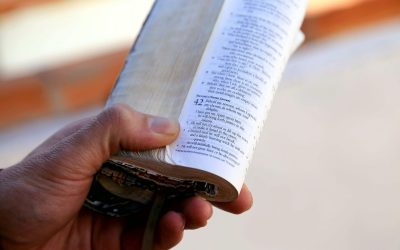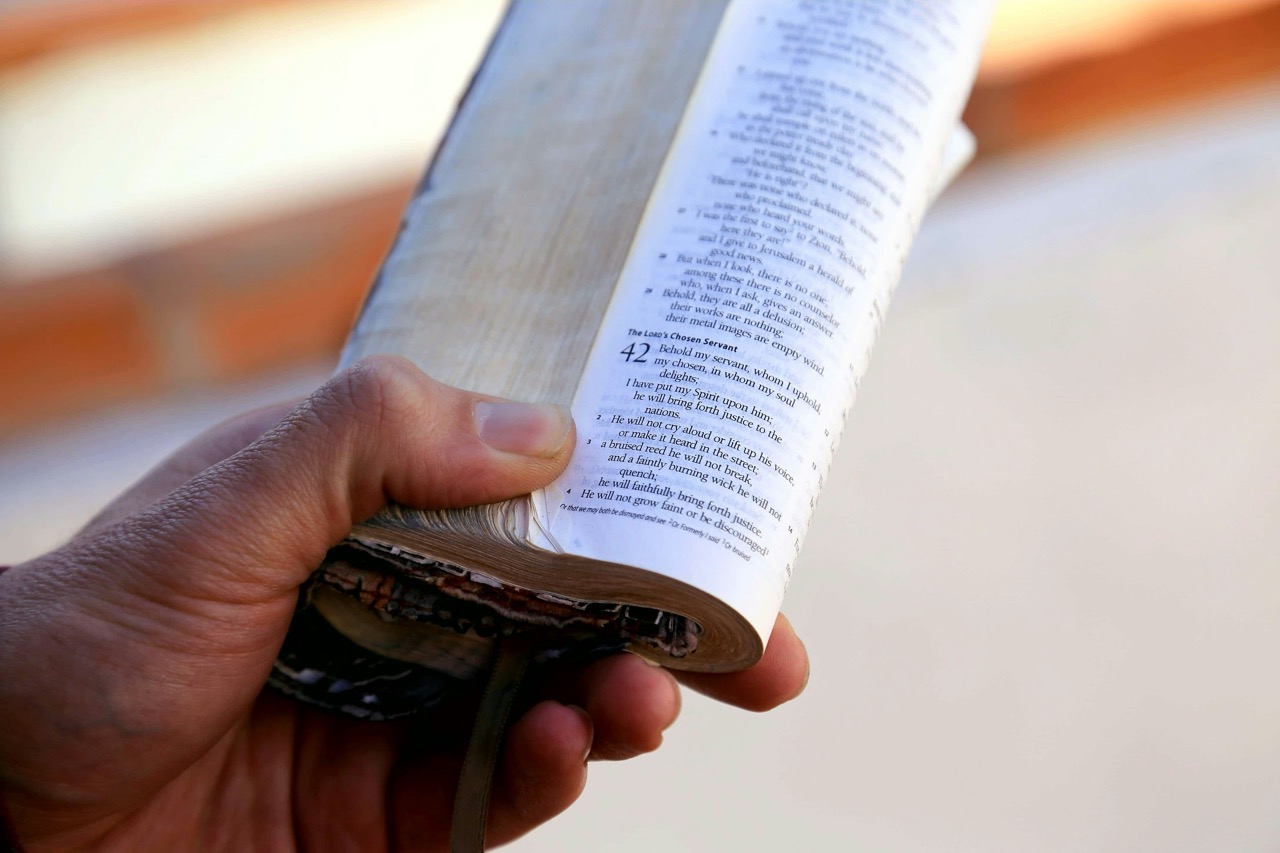The Tower of Babel and the Diversity of Languages

The Tower of Babel narrative, found in the Book of Genesis, serves as a profound illustration of linguistic diversity and its implications for humanity. It tells the story of a unified humanity that sought to build a tower reaching the heavens, only to be thwarted by divine intervention that scattered them across the earth and introduced multiple languages. This tale, while steeped in theological significance, also offers insights into the complexities of language and cultural identity that resonate even today.
The Historical Context of the Tower of Babel Narrative
The Tower of Babel is situated in a post-flood world as described in Genesis 11:1-9, where humanity speaks a single language and shares a common purpose. This narrative reflects a specific historical context in the ancient Near East, where city-building and monumental architecture symbolized human ambition and societal progress. The desire to construct a tower "with its top in the heavens" indicates not just a physical aspiration but also a metaphorical reach towards divinity, showcasing humanity’s quest for power and immortality.
The historical backdrop of this narrative can be further elucidated by examining the social dynamics of ancient civilizations, particularly the Mesopotamian context. In this era, cities like Babylon were not only centers of political power but also hubs of cultural and religious activity. The Tower of Babel, often associated with the ziggurat of Babylon, embodies the architectural and religious ambitions of these early societies, illustrating their attempts to connect with the divine while simultaneously asserting their identity and authority.
Moreover, the scattering of people and the emergence of diverse languages can be interpreted as a commentary on human limitations and the nature of divine sovereignty. The narrative suggests that while humanity can achieve remarkable feats, their aspirations are ultimately constrained by a higher power. This context establishes a foundation for understanding the theological and linguistic implications that arise from the Babel story, setting the stage for deeper explorations of its significance.
Linguistic Diversity: Origins and Implications Explored
The Tower of Babel serves as a foundational myth explaining the origins of linguistic diversity. According to the narrative, God intervened to confuse the single language spoken by humanity, resulting in the creation of multiple languages. This act not only diversified human communication but also fragmented the unity that characterized early civilization. The implications of this linguistic diversity are profound, affecting social structures, cultural expressions, and human interactions throughout history.
Linguists have long debated the origins of language, and the Tower of Babel narrative provides a theological framework for understanding these phenomena. The story suggests that languages are not merely tools of communication but are imbued with cultural and historical significance. Each language carries unique idioms, expressions, and worldviews that shape the identity of its speakers. As such, the diversity of languages reflects the complexity of human experience and the myriad ways in which cultures articulate their understanding of existence.
Additionally, the fragmentation of language as depicted in the Babel story highlights broader themes of division and cultural misunderstanding. Language barriers can lead to the isolation of communities and foster conflict, as differing languages can create an "us versus them" mentality. However, this diversity also offers opportunities for cross-cultural exchange and enrichment, as the blending of languages and ideas can lead to innovation and mutual understanding. The Babel story, thus, invites us to reflect on the dual nature of linguistic diversity as both a source of division and a catalyst for cultural richness.
Theological Interpretations of the Babel Story
The Tower of Babel narrative has been the subject of various theological interpretations throughout history. Many religious scholars view the story as a cautionary tale about human pride and the consequences of overreaching ambition. The desire to build a tower that reaches the heavens is seen as an attempt to challenge God’s authority, demonstrating humanity’s inclination toward hubris. This interpretation reinforces the idea that human endeavors must align with divine will and humility, lest they face inevitable repercussions.
Additionally, the scattering of people and languages is often understood as a divine strategy to promote diversity and encourage the flourishing of different cultures. In this light, the Babel story can be seen as a testament to God’s sovereignty and creativity in human affairs. The creation of diverse languages serves not only to prevent a singular, monolithic culture but also to enrich the tapestry of human experience. This interpretation emphasizes the value of cultural pluralism and the divine intention behind linguistic variety.
Moreover, some theologians propose that the story of Babel foreshadows the redemptive work of the Holy Spirit in the New Testament, particularly during the Pentecost event. At Pentecost, the apostles, filled with the Holy Spirit, spoke in various languages, allowing for the spread of the Gospel across diverse cultures. This connection suggests that while the Babel story depicts division, the overarching narrative of Scripture moves toward reconciliation and unity among all peoples, transcending linguistic barriers and fostering a shared identity in faith.
Modern Reflections on Language and Cultural Identity
In contemporary society, the themes encapsulated in the Tower of Babel narrative resonate deeply with ongoing discussions about language, culture, and identity. Globalization has intensified linguistic diversity, leading to both the preservation of minority languages and the decline of others. This phenomenon raises critical questions about the relationship between language and cultural identity, as language serves as a crucial marker of belonging and heritage for many communities.
Language plays a pivotal role in shaping cultural identity, influencing the way individuals perceive the world and relate to one another. The Tower of Babel narrative, with its emphasis on linguistic fragmentation, mirrors the challenges faced by multilingual societies today. As people navigate different languages, they are often tasked with balancing their cultural identities and heritage. This dynamic can lead to a rich interplay of cultures, yet also presents challenges in terms of communication and understanding across linguistic divides.
Furthermore, the ongoing struggles surrounding language rights and preservation underscore the importance of valuing linguistic diversity. In many regions, language revitalization efforts are underway to reclaim lost or endangered languages, reaffirming cultural identities that have been marginalized. The Tower of Babel serves as a potent reminder that while linguistic diversity can lead to division, it also enriches human experience and fosters a deeper appreciation for the myriad ways in which cultures express their unique identities.
The Tower of Babel narrative, with its rich historical, linguistic, and theological layers, offers profound insights into the nature of language and cultural identity. As we navigate a world characterized by linguistic diversity, the lessons embedded in this ancient story remain relevant. By understanding the complexities of how languages shape our identities and influence our interactions, we can appreciate the beauty of cultural plurality while also seeking paths toward understanding and unity amidst diversity. In this way, the legacy of Babel continues to inform our contemporary discussions about language, culture, and the human experience.




